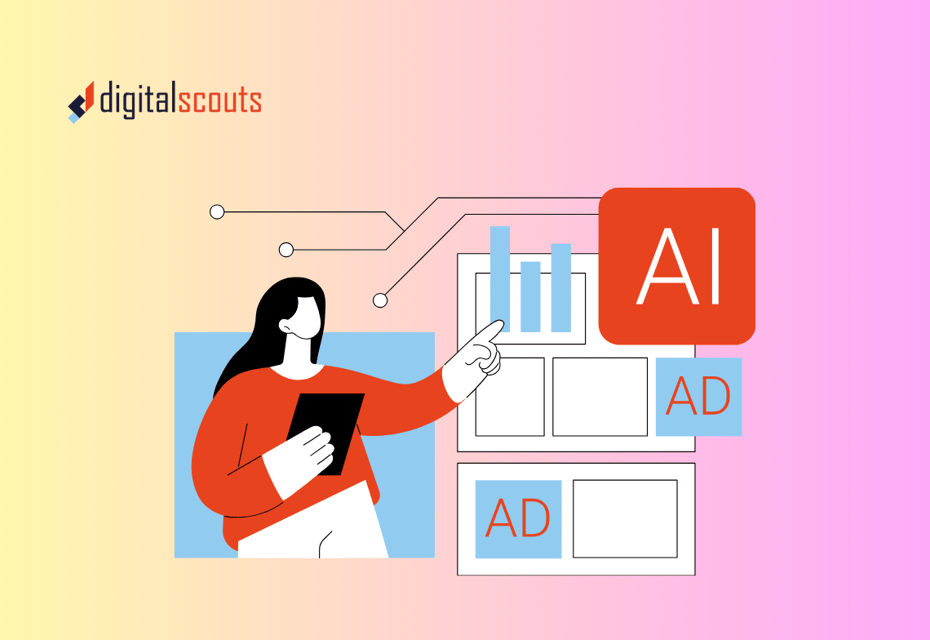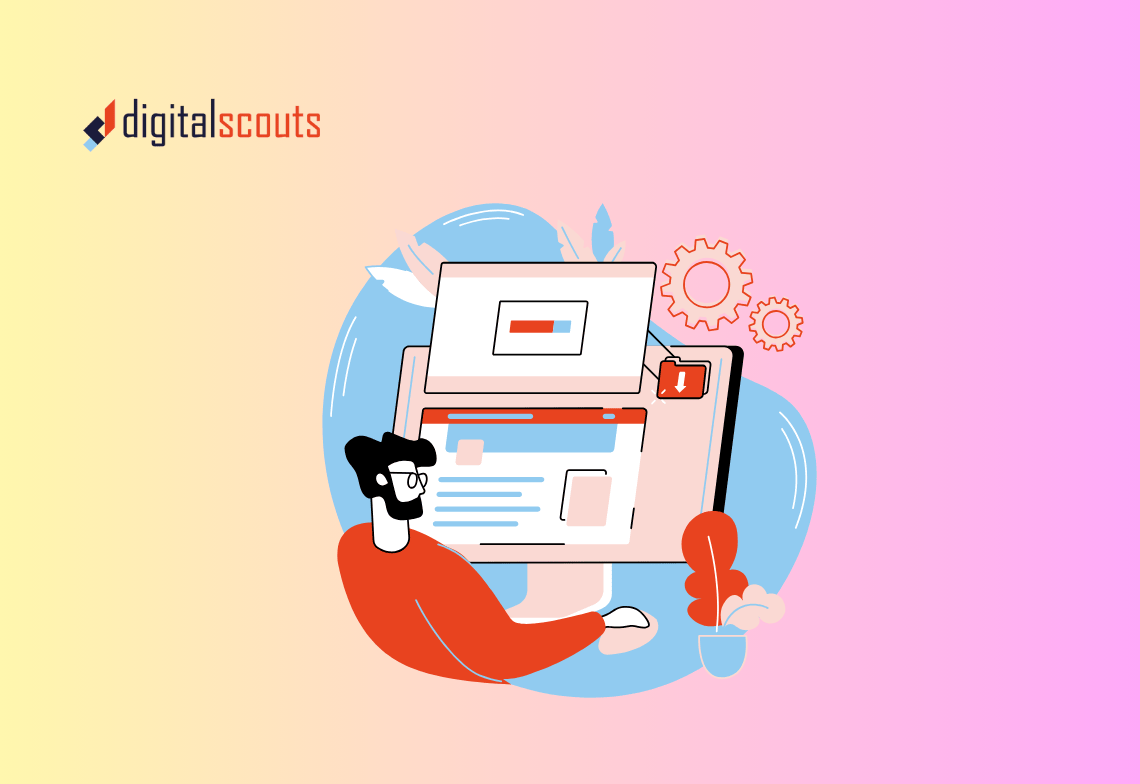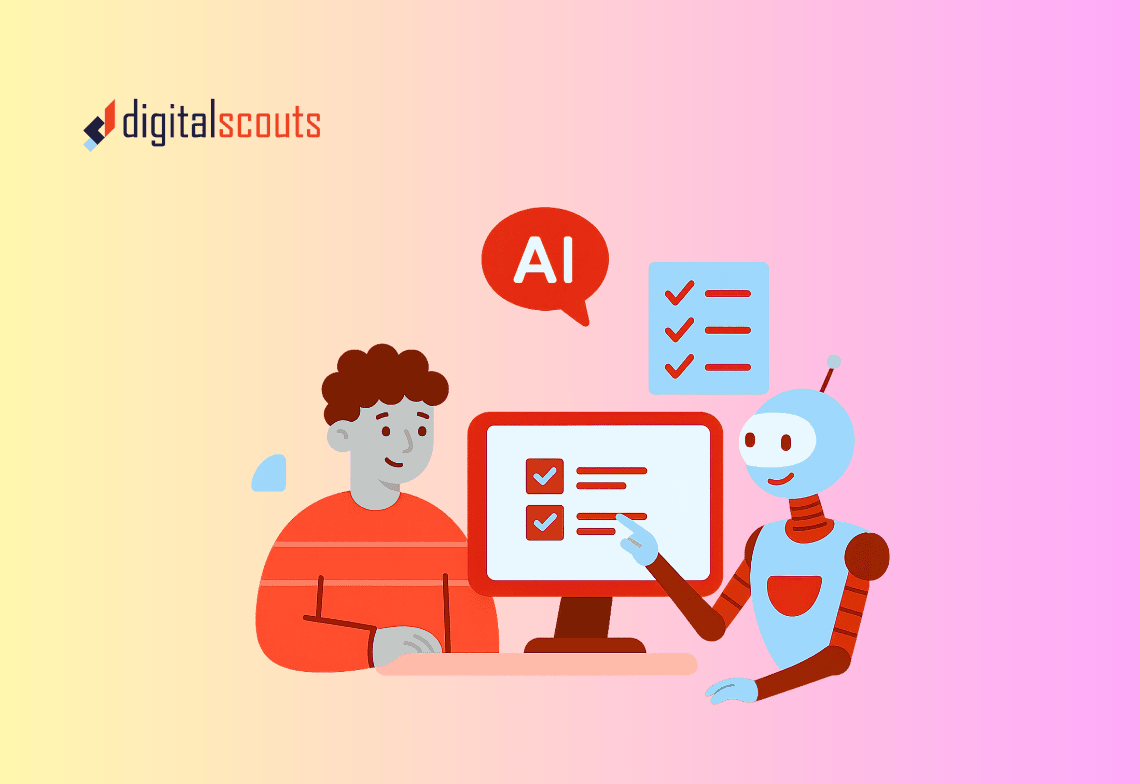Marketing operations used to be about systems, spreadsheets, and manual processes. Today, it is about efficiency, integration, and data-driven decisions. And increasingly, it is about AI.
Artificial intelligence is not replacing marketing teams. It is helping them work smarter. For marketing, operations, and sales leaders, AI offers practical ways to automate repetitive tasks, improve accuracy, and free up time for strategy.
This guide explores how AI fits naturally into marketing operations. You will see real use cases that save hours each week, from cleaning data and automating reports to creating personalised content at scale.
Why AI Belongs in Marketing Operations
Marketing operations sits at the intersection of people, process, and technology. It is where campaigns meet systems, where data becomes decisions, and where revenue starts to take shape.
AI enhances this by doing three things especially well:
-
Automating repetitive workflows that slow teams down
-
Analysing patterns faster and more accurately than humans
-
Generating insights and content tailored to audience context
The result is not fewer people but more productive teams. With AI handling routine tasks, operations leaders can focus on improving strategy, attribution, and alignment with sales.
How AI Transforms the RevOps Engine
RevOps thrives on clarity, consistency, and speed. AI supports all three.
-
Clarity: AI uncovers patterns in campaign data that help forecast results.
-
Consistency: AI automates data entry, list management, and reporting.
-
Speed: AI tools act in real time, so teams make decisions based on live data rather than monthly reports.
When applied correctly, AI in marketing operations strengthens the link between marketing, sales, and customer success.
Step 1: Automating Data Cleaning
Few tasks drain time like managing CRM data. Duplicate records, missing fields, and inconsistent formatting make it hard to trust your reports.
How AI helps
AI-powered tools like HubSpot Operations Hub, OpenAI integrations, and third-party CRM enrichment tools can automatically:
-
Identify duplicate contacts and merge them
-
Correct common data errors like capitalisation or country codes
-
Standardise company names and industries
-
Fill in missing details using verified databases
-
Score leads based on intent and engagement signals
Instead of spending hours cleaning spreadsheets, operations teams can review and approve updates in minutes.
Example
A mid-tier B2B company with 30,000 CRM records uses AI to scan for duplicates weekly. The system merges records and updates company information automatically. This saves the marketing team an estimated 10 hours a week and keeps campaign data accurate for segmentation and reporting.
Clean data not only saves time but also improves the effectiveness of automation and lead scoring downstream.
Step 2: Simplifying Workflow Automation
Many marketing teams rely on manual triggers and complex if-then workflows. AI adds intelligence to these processes.
How AI supports workflow automation
-
Predicts the best time to send follow-up emails
-
Suggests which leads are ready for handoff based on behaviour
-
Updates lifecycle stages automatically
-
Triggers Slack or Teams alerts when accounts show new buying signals
HubSpot’s AI-powered workflow recommendations can analyse your existing processes and suggest improvements, such as eliminating redundant triggers or simplifying segmentation rules.
Example
A sales operations team uses AI to prioritise follow-up tasks. The system analyses lead engagement across channels and automatically assigns the highest scoring accounts to sales reps each morning. This automation alone improves response time and lead-to-opportunity conversion by more than 15 percent.
AI workflow automation does not replace your team. It simply ensures that human effort is focused where it creates the most value.
Step 3: Creating Personalised Content at Scale
Personalisation has become the cornerstone of effective marketing. The challenge is scale. Writing customised messages for thousands of contacts used to be impossible. Now, AI makes it practical.
How AI supports content personalisation
-
Generates dynamic email subject lines based on segment data
-
Writes short-form copy that adapts to industry or job title
-
Suggests relevant resources or offers based on user intent
-
Creates variations of ads or landing pages for testing
Using AI inside platforms like HubSpot or ChatGPT Enterprise, teams can personalise entire nurture sequences without rewriting from scratch.
Example
A marketing operations team builds an email nurture campaign with three audience segments: technology, finance, and healthcare. AI generates tailored intros, examples, and CTAs for each group, matching tone and terminology to their industry.
The result is a 22 percent lift in click-through rate and significantly higher engagement across the funnel — all without expanding the writing team.
AI ensures that every prospect sees content that feels relevant while maintaining brand consistency.
Step 4: Streamlining Reporting and Analytics
Reporting is essential but time-consuming. AI helps by automating analysis and turning raw data into insights that teams can act on immediately.
How AI transforms reporting
-
Summarises campaign performance in natural language
-
Identifies trends, anomalies, or underperforming channels
-
Creates executive-ready reports automatically
-
Predicts revenue outcomes based on current pipeline data
With HubSpot’s AI analytics and tools like Google Looker Studio or ChatGPT for Sheets, you can ask natural language questions like “Which campaign generated the highest ROI last quarter?” and get clear, data-backed answers instantly.
Example
A marketing operations manager spends two hours each week preparing KPI reports. After integrating AI analytics, the reports generate automatically with written summaries for leadership. That time is now spent on strategic analysis instead of manual formatting.
AI not only saves hours but also improves decision speed and confidence.
Step 5: Improving Lead Nurturing and Scoring
Lead nurturing often relies on static workflows that do not account for real behaviour changes. AI updates these systems dynamically.
How AI enhances nurturing
-
Adjusts nurture sequences in real time based on engagement
-
Scores leads using predictive models rather than static rules
-
Suggests next best actions for each contact
-
Personalises follow-up messages based on buying signals
Example
A SaaS company uses AI to analyse engagement data across email, website, and chat interactions. The system predicts which leads are most likely to convert within the next 14 days. Marketing automatically increases the frequency of personalised messages for those leads and pauses outreach for cold ones.
The result is a smoother handoff to sales and higher close rates — with fewer wasted touches.
Step 6: Accelerating Campaign Planning
Brainstorming campaigns, segmenting audiences, and developing assets can take weeks. AI tools cut that time dramatically.
How AI supports campaign development
-
Suggests campaign themes based on past performance data
-
Generates outlines and headlines for landing pages and ads
-
Creates audience segments automatically based on CRM insights
-
Predicts the best-performing channels for each persona
Example
A marketing operations team uses AI to analyse the last 12 months of campaign data. The tool identifies that webinars drive the highest-quality leads in Q1, while paid search performs best in Q3. It recommends a six-month campaign calendar with content ideas aligned to each season’s strengths.
This strategic insight saves hours of manual analysis and helps the team plan smarter, not just faster.
Step 7: Enhancing Customer Insights
AI excels at recognising patterns humans miss.
How AI improves customer understanding
-
Analyses text from surveys, reviews, and chat logs to find sentiment trends
-
Groups customers by behaviour or product usage
-
Predicts churn risk and renewal likelihood
-
Identifies upsell opportunities based on historical data
Example
A customer success team uses AI to scan feedback from hundreds of post-implementation surveys. It finds that customers who onboard within 10 days of signing have a 40 percent higher retention rate.
Marketing and operations collaborate to streamline onboarding communication using AI-triggered reminders. The result is lower churn and a measurable increase in customer satisfaction.
Step 8: Supporting Continuous Optimisation
AI thrives on iteration. It learns from your performance data and helps refine campaigns, workflows, and automations over time.
How to maintain momentum
-
Use AI to suggest A/B test ideas based on performance data
-
Review automation logs for opportunities to simplify workflows
-
Track time saved by automation as an internal success metric
-
Audit CRM data quarterly with AI-driven quality reports
Digitalscouts often builds ongoing RevOps optimisation plans that include these checkpoints. The goal is not just to automate but to evolve continuously with smarter data and sharper insights.
How AI Supports RevOps Alignment
For RevOps leaders, AI bridges the gap between marketing, sales, and operations. It turns siloed data into shared intelligence.
Benefits across teams
-
Marketing gains cleaner data and faster campaign reporting.
-
Sales gets prioritised leads and context-rich engagement insights.
-
Operations can forecast revenue with greater accuracy.
AI creates visibility across the customer lifecycle, helping teams collaborate using a shared set of metrics and real-time insights.
When paired with HubSpot’s connected ecosystem, AI-powered RevOps gives your business a true end-to-end view of performance.
Common Pitfalls to Avoid
-
Relying on AI without human review
-
Automating poor processes instead of improving them
-
Ignoring data quality before implementing AI
-
Overloading teams with too many disconnected tools
The best results come when AI supports well-defined processes. It should simplify, not complicate.
Bringing It All Together
AI in marketing operations is not about futuristic robots or complicated systems. It is about practical improvements that save hours and deliver measurable results every week.
From data cleaning and automation to reporting and personalisation, AI acts as a silent partner that improves accuracy and frees up time for strategic work.
Digitalscouts helps B2B companies implement AI across marketing operations and RevOps systems. We focus on real use cases that reduce manual effort, improve data health, and create scalable workflows inside HubSpot and other CRM platforms.
If you are ready to make your marketing operations more efficient and data-driven, our team can help you integrate AI tools that deliver immediate, measurable value.
Frequently Asked Questions
About Author
Ashish is a B2B growth strategist who helps scaleups align marketing and sales through Account-Based Marketing (ABM), RevOps, and automation. At DigitalScouts, he builds scalable content engines, streamlines lead flows with HubSpot, and runs targeted GTM programs to drive predictable pipeline. He regularly shares insights on using AI and automation to power ABM and accelerate complex buyer journeys.








